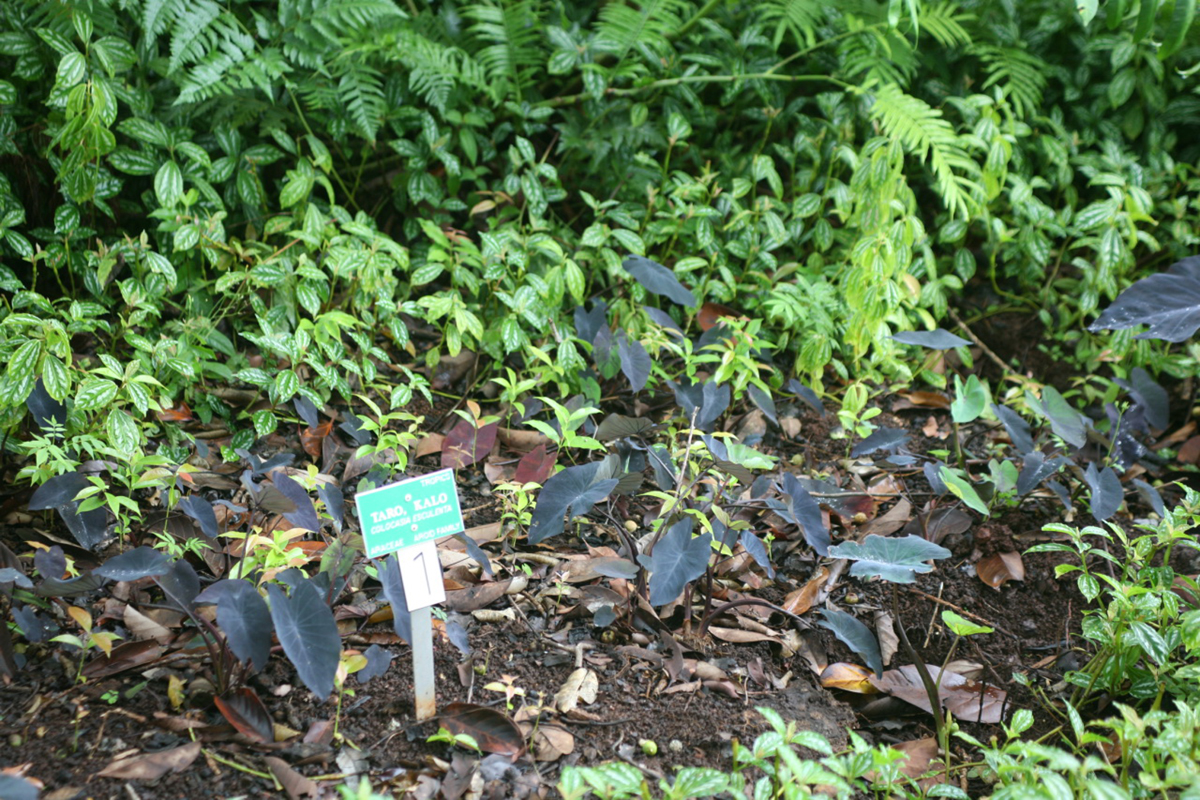
This text will talk about the food that is high in oxalate, which should not be consumed in high amounts. The text will focus on the information on oxalate and the foods that have them a lot in their content. It is very easy to use a diet that can create some problems. We usually choose the tasty over healthy and this may lead to some dysfunctions in the human body. So, the logical thing to do is to reduce or eliminate the intake of harmful foods. One of the things that people usually do not check before consuming some type of food is the level of oxalate that it contains. The body functioning can be impaired if the food we eat has high level of oxalate. A problem that this situation can bring is either kidney stones, or urinary tract disorder. We will give you the list of foods that are high in oxalate and that should be avoided. By doing this, you can prevent numerous problems, such as kidney stones, from ever appearing and troubling you. First, we will see what oxalate is. Humans, animals and plants have this organic acid, which is produced by a human body. Also, the molecules of vitamin C and other molecules can be converted by our body to oxalate. The body can store this acid in many ways, but it can remove it naturally in just one, by urination. Hyperoxaluria is a problem that is present if there is too much oxalate in the urine. This problem has already been mentioned and it is kidney stones.
Foods to Avoid
We will focus on the foods that are high in oxalate and therefore should be restricted or eliminated from the diet. The oxalate should be consumed 40-50mg during one day. Hot cocoa, fruit cocktails, berries juices, tangerine juice, soymilk, chocolate milk and bier drinks should be avoided. All berries, tangerine, purple grapes, marmalade, lemon and rhubarb are found also on the "to avoid" list. As far as vegetables as concerned, green vegetables, spinach, parsley, okra, chives, beets, escarole, eggplant, celery, green peppers, kale and cucumber should be avoided, too, whereas grains to avoid are soybean crackers, white corn crackers, oatmeal, wheat bran, popcorn and whole wheat bread. You should be careful about the amount of walnuts, cashew, pecans, almonds, peanuts, sunflower seeds, sesame seeds, peanut butter, baked beans and beans you consume. Ginger, cinnamon and black peppers are some of the condiments with high level of oxalate. Grits, sweet potatoes and fruitcakes also should be avoided. In order to eliminate the possibility of having a problem associated with high consumption of oxalate, eat more food rich in potassium, use supplements that are low in proteins and high in carbohydrates, decrease the intake of sodium, use low oxalate diet, reduce the intake of vitamin C, and go on a low fat diet.


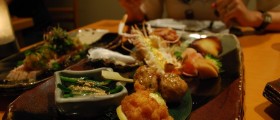
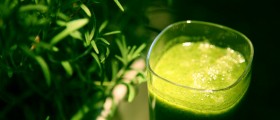
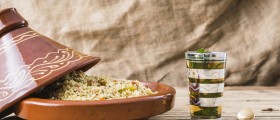
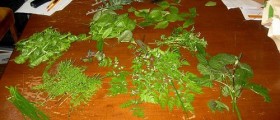
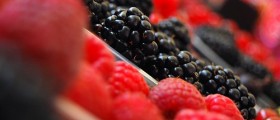
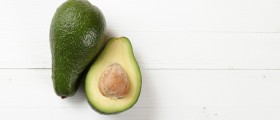

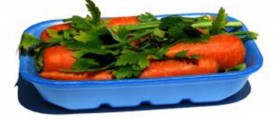

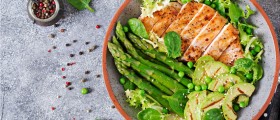

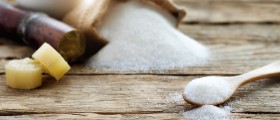

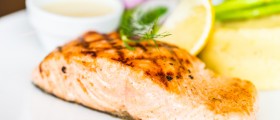
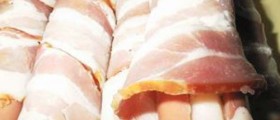
Your thoughts on this
Loading...